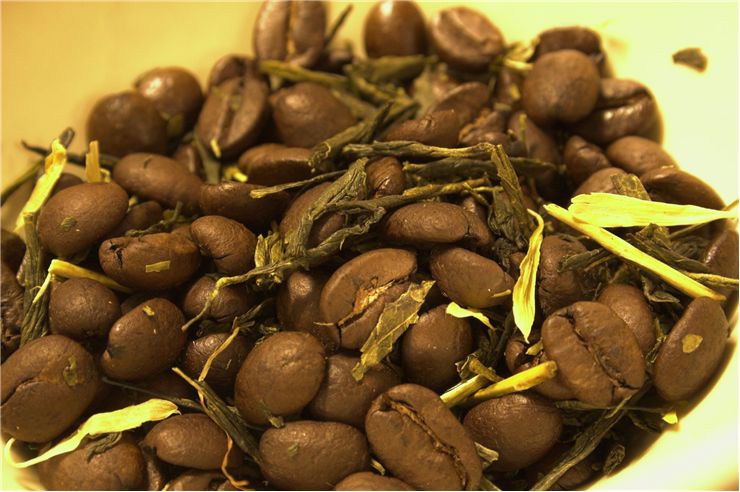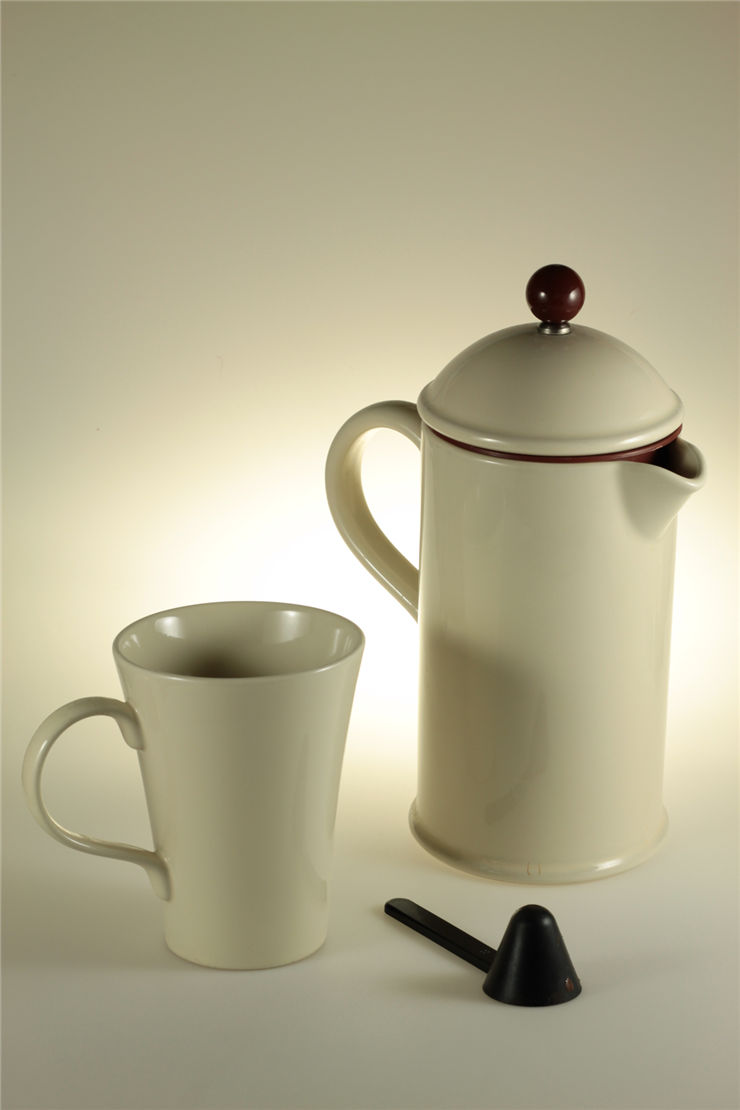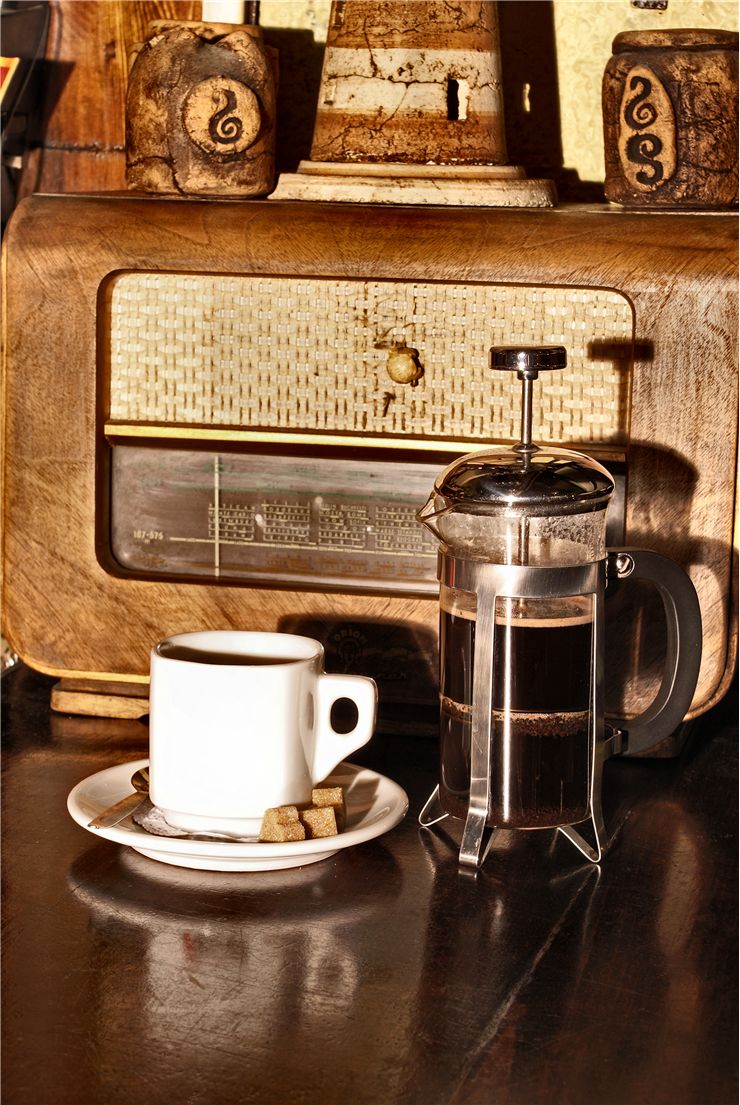Economics of Coffee – Coffee's Statistics
Coffee is important part of the day for many people. Here are some statistics and information regarding coffee and its place in the world:
- 54% of Americans over the age of 18 drink coffee everyday. That is some 150 million people.
- A third of the entire world's coffee is produced in Brazil. Colombia, Vietnam, India, Indonesia, Guatemala, Ethiopia and Mexico are also major producers.
- The port of Hamburg, Germany, is the world's largest transfer point for coffee.
- 65% of all coffee, coffee drinkers consume during breakfast hours.
- In 2008, coffee was the most sold hot beverage to convenience store customers. It made some 78% of sales in the category of hot dispensed beverages.
- There are many classifications for coffee depending on environmental and labor standards. Bird-Friendly or shade-grown coffee is produced under natural shade canopy trees which shelter coffee plants. Organic coffee is produced under strict guidelines and without use of harmful artificial pesticides or fertilizers. Fair trade coffee is produced by small coffee producers.
- United States spends $4 billion for coffee import each year.
- Average size of coffee cup is 270ml.
- Coffee is an evergreen shrub and because of that coffee an important contributor to carbon sequestration.
- Of cafes and specialty stores that sell coffee 30% are chains.
- There are around 1,200 roasters of coffee in the United States alone. They have the highest profit margin in the trade chain and sell l pre-packaged coffee to large retailers.
- 35% of coffee drinkers prefer their coffee black.
- 400 billion cups of coffee are consumed each year.]
- In the 2000, in the United States, coffee consumption was some 100 liters per capita.
- Average price of an espresso-based drink is $2.45 while the average price for cup of brewed coffee is $1.38.
- Average coffee drinker consumes daily 3.1 cups of coffee.
- 65% of coffee drinkers add cream and/or sugar to their coffees.
- Specialty coffee is not purchased on commodities exchanges but through contracts.
- The retail value of the U.S. coffee market is estimated at $30-32 billion dollars.
- Two primary types of coffee are Arabica and Robusta but the vast majority of coffee used in the coffee industry is of the Arabica type.
- There are 36 aromatic characteristics of the flavor of a coffee and they can be positive and negative.
- Five countries that import the most coffee are France, Germany, Italy, Japan, and the United States.
- 29% of coffee drinkers drink their coffee at lower price places like McDonalds, Dunkin Donuts, etc.
- Seattle is the place that has the most coffee shops per capita in the United States. It has 35 coffee shops per 100,000 residents.
- 14 billion espresso coffees are consumed each year in Italy.
- Coffee is grown in over 53 countries. They are all located near the equator.
- Coffee drinkers that get a cup to go from a local coffeehouse before work wait in line nearly 45 hours each year.


